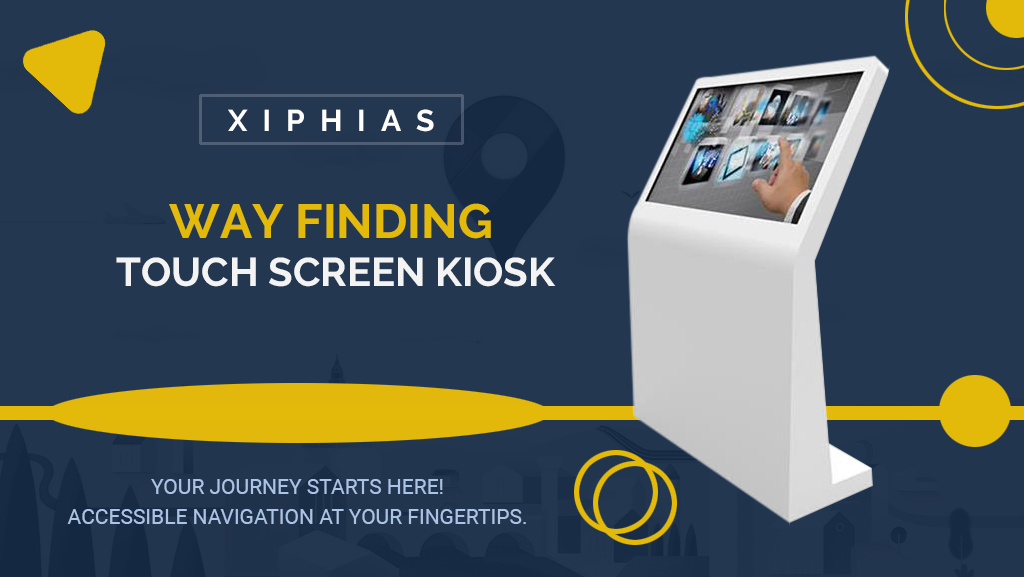Exploring the Benefits of Digital Wayfinding Kiosks in Modern Spaces
In today’s fast-paced world, navigating through complex environments like shopping malls, airports, hospitals, and corporate campuses can be a daunting task. Traditional paper maps and static signage often fall short in providing timely and accurate directions. However, with the advent of digital wayfinding kiosks, navigating these spaces has become more efficient and user-friendly. In this blog post, we’ll delve into the numerous benefits that digital wayfinding kiosks offer in modern spaces.
Enhanced User Experience
Digital wayfinding kiosks revolutionize the navigation experience for visitors by providing interactive maps and real-time directions. Unlike traditional signage, which can be confusing and static, these kiosks offer dynamic, customizable routes tailored to individual needs. Users can easily search for specific destinations, browse points of interest, and receive step-by-step guidance to their desired locations. This enhanced user experience leads to greater satisfaction among visitors and reduces frustration associated with getting lost or disoriented.
Improved Accessibility
One of the most significant advantages of digital wayfinding kiosks is their ability to enhance accessibility for people with disabilities. These kiosks often come equipped with features such as voice commands, braille labels, and adjustable screen heights, making navigation easier for individuals with visual or mobility impairments. By providing inclusive navigation solutions, organizations can ensure that their spaces are welcoming and accessible to all visitors, regardless of their abilities.
Time and Cost Savings
In busy environments like airports and shopping malls, time is of the essence for both visitors and staff. Digital wayfinding kiosks help streamline the navigation process, reducing the time spent searching for directions and minimizing the likelihood of missed appointments or flights. Moreover, by enabling self-service navigation, these kiosks alleviate the burden on staff members who would otherwise be tasked with providing assistance to lost visitors. This not only improves operational efficiency but also results in cost savings for organizations in the long run.
Enhanced Brand Image
Digital wayfinding kiosks serve as more than just navigational tools; they also function as brand ambassadors for the organizations that deploy them. Sleek, modern kiosks with intuitive interfaces convey a message of innovation and sophistication, enhancing the overall brand image. By investing in state-of-the-art wayfinding technology, organizations demonstrate their commitment to providing exceptional visitor experiences and staying ahead of the curve in terms of technological advancements.
Data Insights and Analytics
Another significant benefit of digital wayfinding kiosks is the wealth of data insights they provide to organizations. By tracking user interactions and navigation patterns, organizations can gain valuable insights into visitor behavior and preferences. This data can inform strategic decision-making, such as optimizing space layouts, identifying high-traffic areas, and tailoring marketing efforts to better meet visitor needs. Ultimately, these data-driven insights enable organizations to continuously improve the visitor experience and maximize the efficiency of their spaces.
Conclusion:
Digital wayfinding kiosks have emerged as indispensable tools for enhancing navigation and wayfinding in modern spaces. From improving user experience and accessibility to saving time and costs, the benefits of these kiosks are manifold. By embracing this technology, organizations can create more welcoming, efficient, and user-friendly environments for their visitors, ultimately enhancing their brand image and driving greater satisfaction and loyalty. As technology continues to evolve, digital wayfinding kiosks are poised to play an increasingly central role in shaping the way we navigate and interact with physical spaces.

